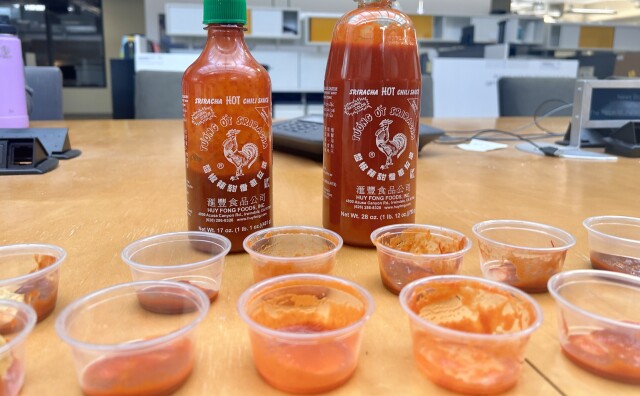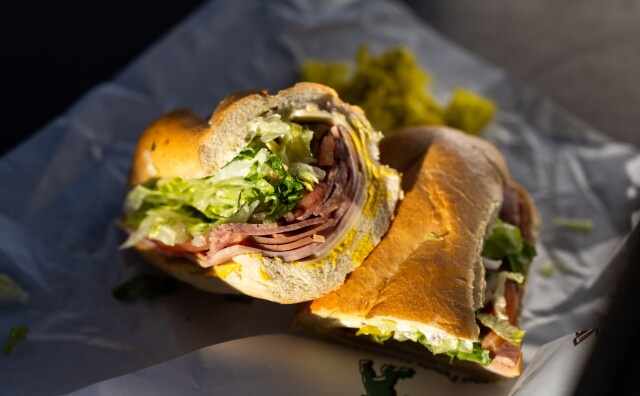Namaste Spiceland Is The Indian Restaurant That Feels Most Like Home For One New Jersey Transplant
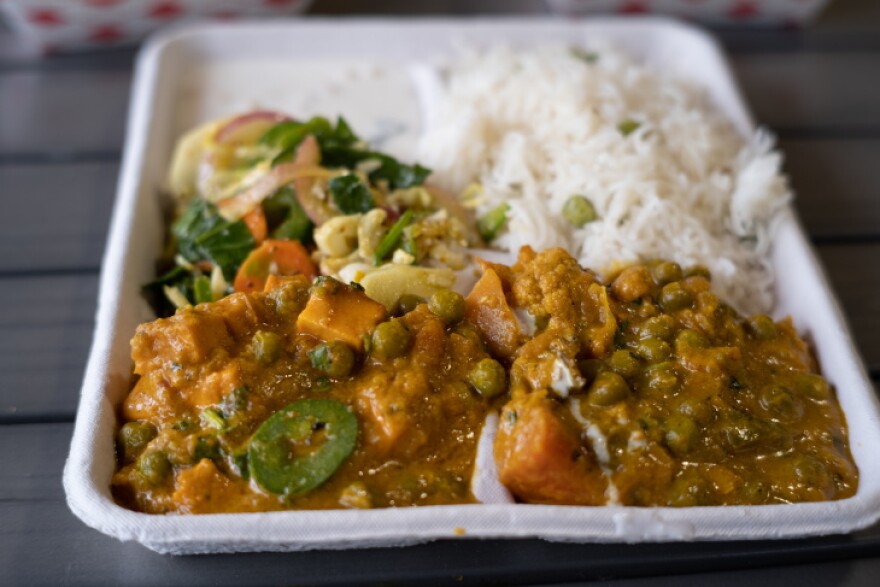
Since moving to Southern California a year-and-a-half ago, I have spent an inordinate amount of my free time searching for Indian restaurants I could love. Along the way, I've developed feelings about the state of Indian food in Los Angeles. Strong feelings. Maybe nitpicky feelings. In a city where international cuisines thrive in all their regional glory, it still surprises me that the options for Indian food are so limited and muted and hard to find.
Some restaurants, catering to a more mainstream (read: white) palate, lack the dynamic flavors that make the best Indian food so layered. It's not that they're not spicy enough, they're not spiced enough. Others, including several of the city's best known spots, are expensive and serve small portions of ordinary dishes, turning off many South Asians. When you're the only Indian person in an Indian restaurant, you know something's off. These restaurants may be by us, but they don't feel like they're for us.
My family and I often joke about paisa vasool, a Hindi or Gujarati term for getting your money's worth. We mention it when we go to a buffet. ("Make sure to show up hungry!") We bring it up when we buy passes to a hot springs resort. ("Make sure to stay all day!") We refer to it when we go to the movies. ("Make sure to pick a good one!") We're joking... but not really. I can't imagine my parents flying from New Jersey, where the options for Indian food are much broader and of better quality, and taking them to a restaurant that charges $4 for a samosa and $8 extra for a half-plate of achaar. They would probably shake their heads and tell me they could've made this at home.
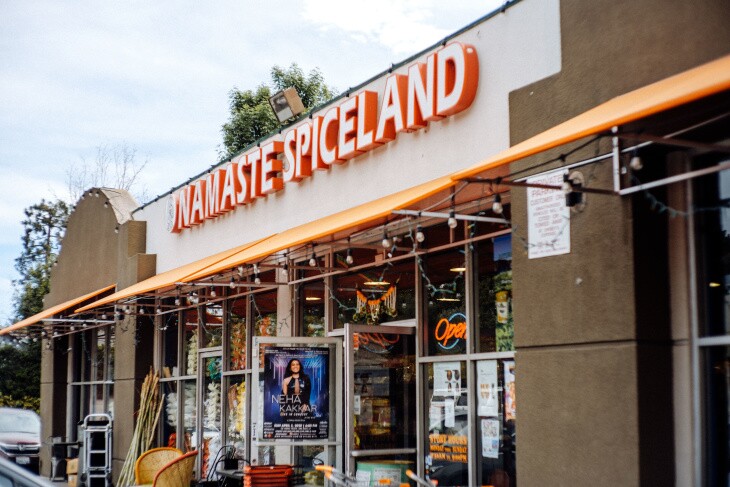
Striking the perfect balance between authenticity — food that tastes as though it has been made by and for the diaspora — and affordability is hard, but I have finally found my answer. Namaste Spiceland, a two-shop chain with a location in Pasadena and another in Thousand Oaks, elevates the Indian grocery store/cafe model with delicious, low-cost meals and an excellent array of fresh and frozen parathas and desserts.
Casual and unassuming, Namaste Spiceland serves both North and South Indian food. Crisp dosas and humongous parathas complement stellar gulab jamun, milky sweets and eggless pastries. The grocery store has a wide array of desi snacks and ice creams as well as a small selection of fresh vegetables and fruit.
"We've been around Pasadena a long time, and there was a need for an Indian store and Indian food. There are some restaurants there, but not of this concept," says Harsh Malik, who co-owns the venture with his cousins Rahul Chawla, Kapil Chawla and Tarun Arora. They opened the Thousand Oaks location at the end of 2015 and branched out to Pasadena two years later, in December 2017.
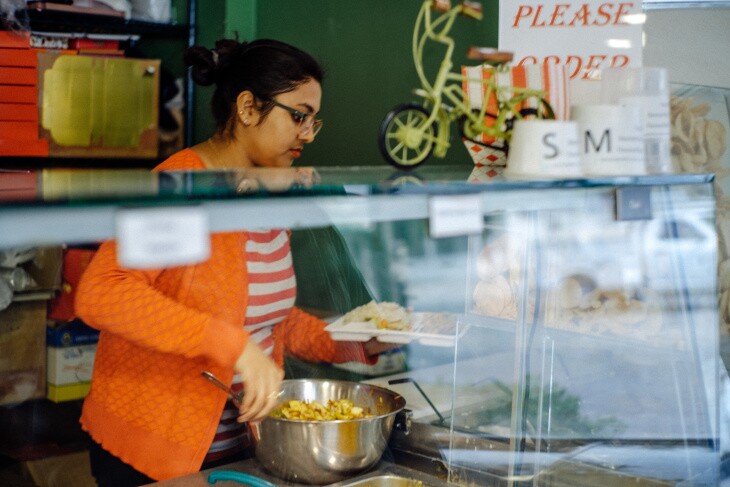
I learned about the place from L.A. Taco editor and Taco Chronicles scout Javier Cabral, who patiently listened to my complaints as a desi transplant to Southern California. As soon as I walked into Namaste Spiceland, I was reminded of the day-trips my family made to Edison, New Jersey, an Indian American hub 25 miles away from our home. To anyone familiar with those minimal, food-focused establishments, Namaste Spiceland will feel wonderfully familiar. The fluorescent lights, the square cafe tables, the plastic cutlery, the polite and to-the-point cashier who takes your order.
"If you compare to the East Coast, [the Indian population in L.A.] definitely is smaller," Malik says. "L.A. is scattered. It's not like if you go to Edison, where you can find everything. Here, you can find little pockets. Some are in the Valley, some are in Artesia, Pasadena. It's all scattered."
He's right. Los Angeles isn't merely a city of neighborhoods, it's a city of neighborhoods within neighborhoods within neighborhoods.
Namaste Spiceland's portions are generous and the prices, low. Samosas cost a mere $1.25. It's certainly not the only good Indian restaurant in greater Los Angeles but it's one of the few where I can get an entree and a gulab jamun this good for only $9. Malik tells me he and his business partners have made a conscious decision to keep their meals affordable.
"We don't want somebody to come once in three months or four, we want them to come more often," Malik says.
The menu is expansive. You can order fresh South Indian dishes, such as dosas and uttapam, or Bombay-style street snacks like pav bhaji and vada pav. Or you can opt for a combo meal, which lets you take advantage of the premade sabzis and daals available at the counter. I go to Namaste Spiceland when I'm too tired to cook or when I'm homesick and craving a vada pav that rivals the ones I've had in Mumbai or Edison.
"Our food is mostly home-cooked style. There is very minimal usage of cream and we tend to go fresh. Our menu changes every day so what you see on the menu today is not going to be there tomorrow. Nobody else does that," Malik says. While I can't confirm his claim since I haven't tried every Indian restaurant in the county, I can say that I have yet to find another Indian restaurant in L.A. that rotates their menu this way.
The thing I love most about Namaste Spiceland is how the food tastes — home-cooked. It's as though the chefs are preparing the same meals they would make at home, for themselves and their families, then opening their kitchen to the rest of us. Living thousands of miles away from my family, I don't take that for granted.
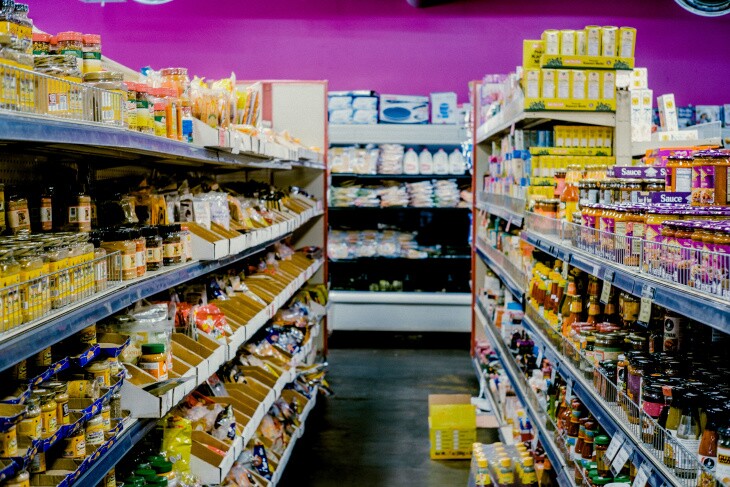
Like many small business owners, Malik can often be found working the register, serving chai and guiding customers through the grocery aisles. He is humble and quick to brush off praise. His employees often speak to me in Hindi, something I haven't experienced anywhere else in L.A. They tell me I can pay when I'm done eating, a small action but one that makes me feel like I belong here.
At some of L.A.'s more upscale Indian restaurants, my South Asian friends and I have spent up to four times what we'd pay at spots like Namaste Spiceland, Annapurna in Palms, or Jay Bharat in Artesia for the same dishes. We've also had white waiters explain to us dishes we've been eating our entire lives. We end up wondering, who do these upscale spots cater to — and who do they exclude?
Malik, who now lives in the San Fernando Valley, immigrated from Delhi to Southern California in 2001, when he was 21 years old. I ask him if he has always been into food and he points to his sizable stomach. "Come on," he says. I clarify: Has he always worked in food? "On and off," he replies.
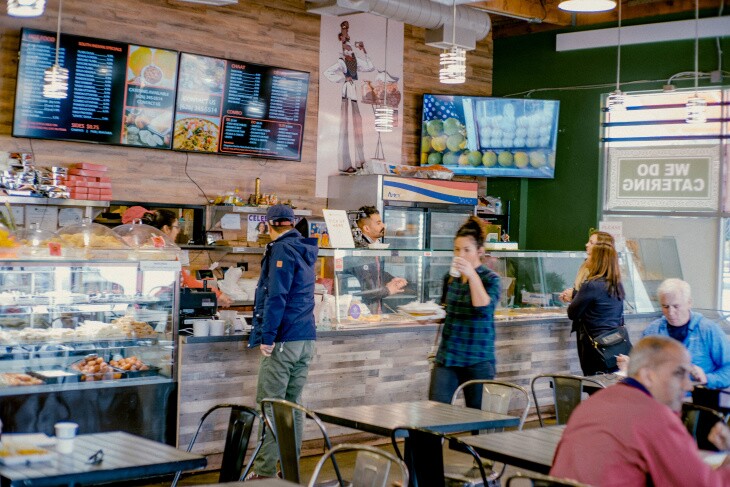
As we talk, Malik asks me what my favorite item on the menu is. I tell him I find it hard to choose between the dahi puri, the papdi chaat, the vada pav and the pav bhaji. He urges me to try the googli paratha. Named after a cricket ball, it's a stuffed flatbread designed to deliver a surprise. If you ask what's inside, Malik will say you have to try it to find out. Don't sleep on the gulab jamun, which you should ask the staff to warm up, and pick up a tub of paan ice cream on your way out.
Malik says the coronavirus has slowed business but he's taking it in stride. Since mid-March, Namaste Spiceland has been functioning as a grocery store and takeout-only cafe. Workers behind the counters are now protected by sneeze guards and only six to seven customers are allowed inside the store at a time. Signs and markings on the floor remind visitors to stay six feet apart. Malik now sells toilet paper, hand wipes and hand sanitizer. When bigger supermarket chains sold out of those precious goods, Namaste Spiceland had them in stock. He also continues to offer grocery and meal delivery.
"It's just a phase," Malik says. "It's [happening] with everyone. Everybody wants it to be over soon and we want everybody to be safe."
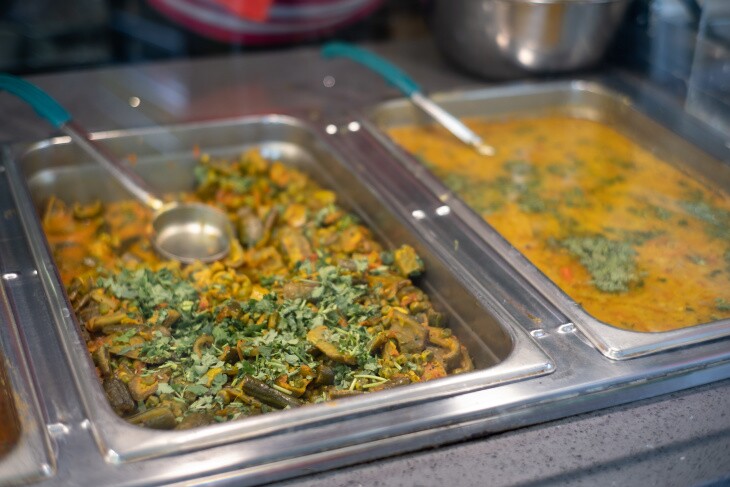
If I have any quibble with Namaste Spiceland, and I admit it's a petty one, it's the name. It feels like it's playing off people's limited knowledge of Indian culture with a word that has been so thoroughly co-opted by Big Wellness that it has become meaningless. Malik explains that he chose the name because he wanted something catchy. Namaste "basically means hello," he says, and Spiceland refers to the many spices he sells, not just from India but from Sri Lanka, Pakistan, Thailand and the U.K.
Namaste Spiceland serves a broad clientele, and Malik says he decided on Pasadena for the second location partly because of its diversity. "It's not just the Indian population. There's a mixed crowd. Like right now, you see there's all-mixed crowd here," Malik tells me. On the pre-Covid weekday afternoon in February when we met, the restaurant was half-filled with South Asian diners and half-filled with Latinx, Black and white patrons.
My friend Priya Sharma, an Indian American who grew up in West Covina, noticed the same thing. Namaste Spiceland manages to cater to a diverse clientele while still feeling like it is by and for Indians, no easy trick.
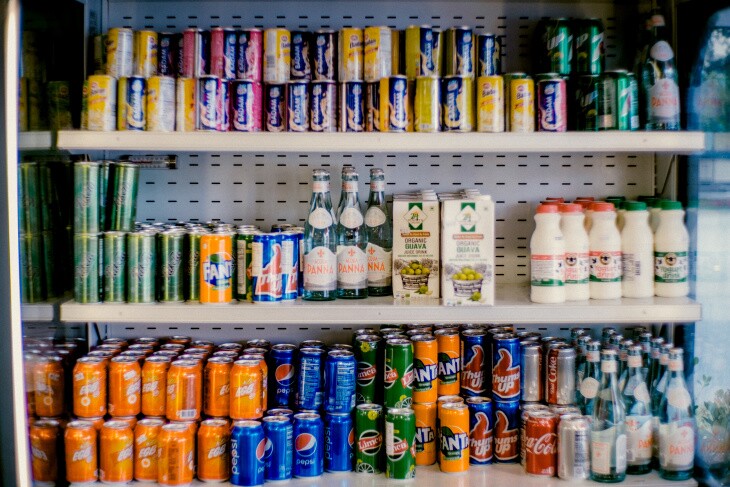
"I think the Indian food scene in L.A. tends to feel a little foreign to South Asians," she says. "It feels like it doesn't belong to us. Sometimes we see it in a westernized menu item, sometimes we see it in the actual name with buzzwords that are meant to make the place sound exotic to a Western audience. I get it. The immigrants who run these places are business savvy and they know what's going to bring in people. But I think Namaste Spiceland does a great job of finding that balance."
"Foreign" is the key word here. In trying to appeal to a non-South Asian eaters, many restaurants end up losing their Indian customers. Not Namaste Spiceland. I love its homestyle Indian food and generous hospitality — and I definitely get my money's worth.
-
After people began complaining online that Sriracha they'd bought recently didn't taste like the old stuff, we set out to find the answer. It didn't go well.
-
From tortas to tuna melts, all sandwiches tell a unique story as they celebrate Los Angeles' diverse tapestry of flavors with each bite.
-
The company behind Sriracha told us production has resumed.
-
Dustin Bartz has figured out a way to sell a $6 smashburger — and still make a tidy profit. He enjoys trolling competitors who charge more.
-
Two amateur bakers take on a beloved, almost sacrosanct school treasure.
-
For Jeff Alulis, the Burger Quest became “something bigger” than him.

